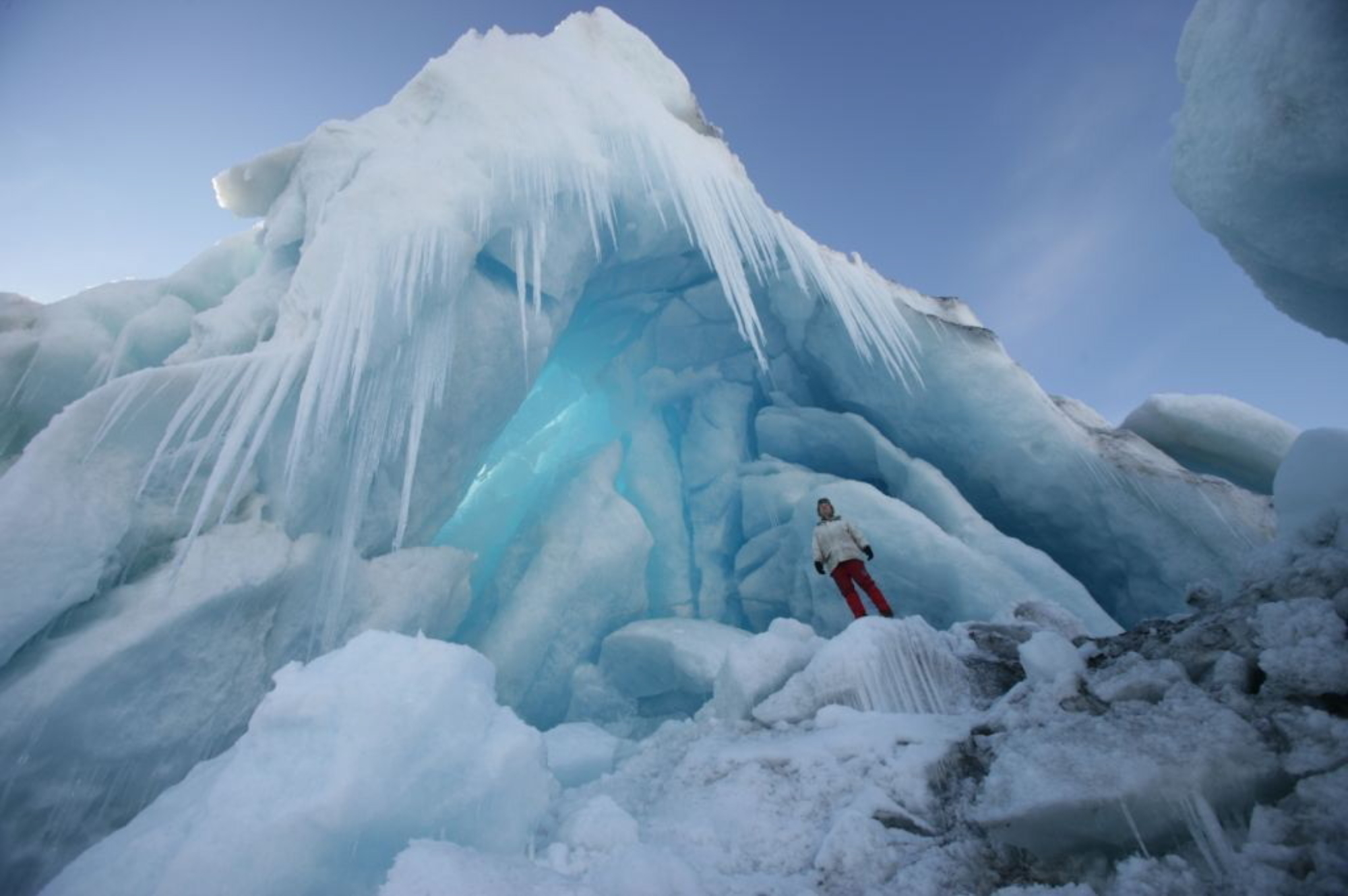Northern Norway
Read more about climate and seasons in Svalbard here.
Like the rest of Norway, Northern Norway is greatly affected by the warm-tempered Gulf Stream and the North Atlantic Drift passing along the Norwegian coast.
When it comes to climate, Northern Norway is particularly unique. Situated between the 65th and 71st parallels north, the majority of Northern Norway is above the Arctic Circle (at the 66th parallel). Due to the warm waters of the Gulf Stream and the North Atlantic Drift, small seasonal variations in sea temperature lead to milder winters and cooler summers along the Northern coast of Norway compared to other circumpolar areas like northern Canada, Greenland and the northern part of Siberia. Inland Northern Norway, however, often experiences fairly warm summers and very cold winters. These climatic differences result in a wide variety of spectacular landscapes and topography in the region - all in reachable distances.
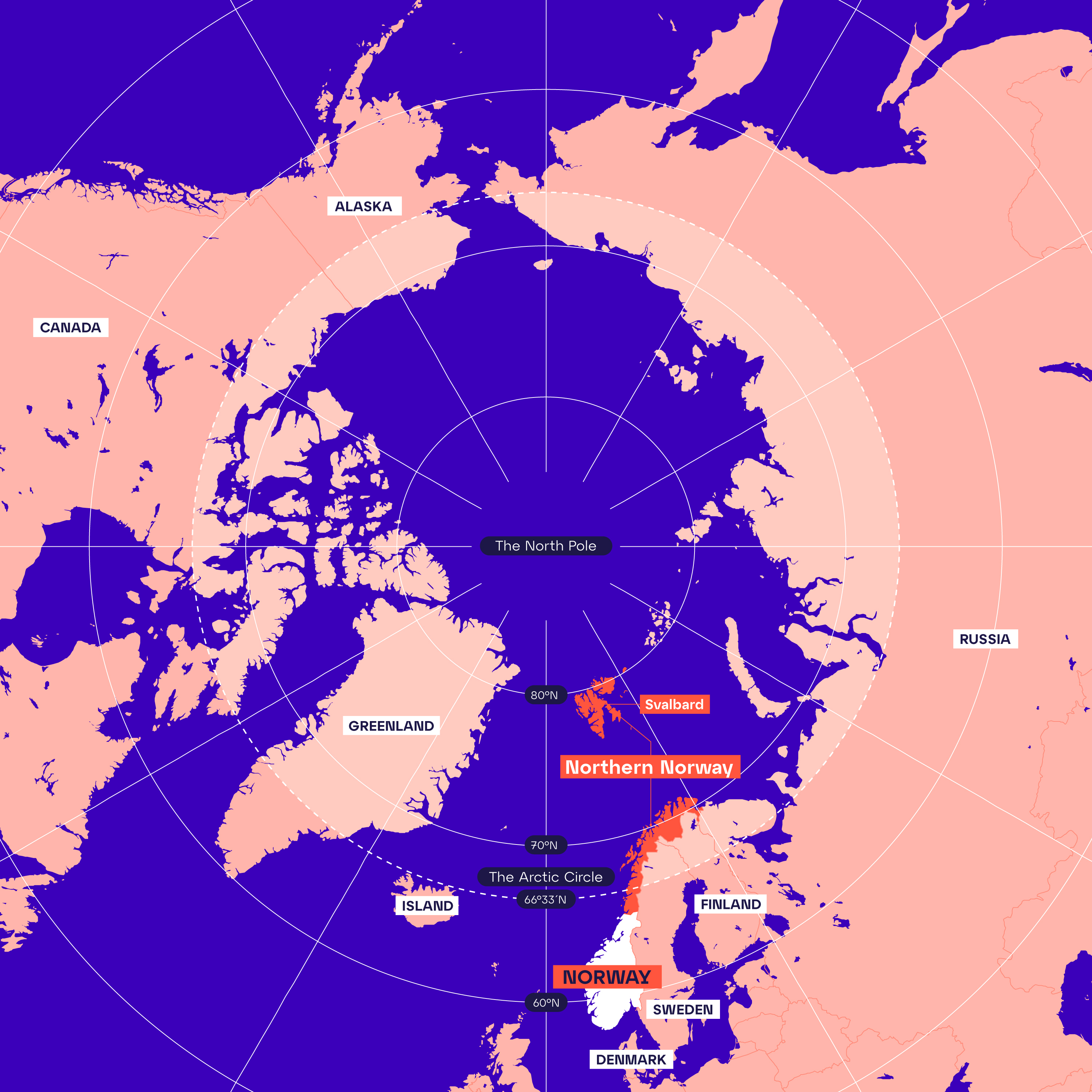
Most of the coast, including the fjords and the many islands, has a climate classified as subarctic oceanic. This means mild but snowy winters and short, cool summers. For one to three months of the year the minimum average temperature is 10°C (50 °F). In this Arctic area, due to the high latitudes, trees do not grow as tall the farther north you travel, until eventually, they disappear altogether along the coast, on the islands and in the north-easternmost areas. The point at which the trees disappear at northern latitudes is called the polar treeline. Beyond that line, as a result of the harsh environmental and climatic conditions (cold temperatures, snowpack, strong winds or other inhospitable weather conditions) it is impossible for trees to grow.
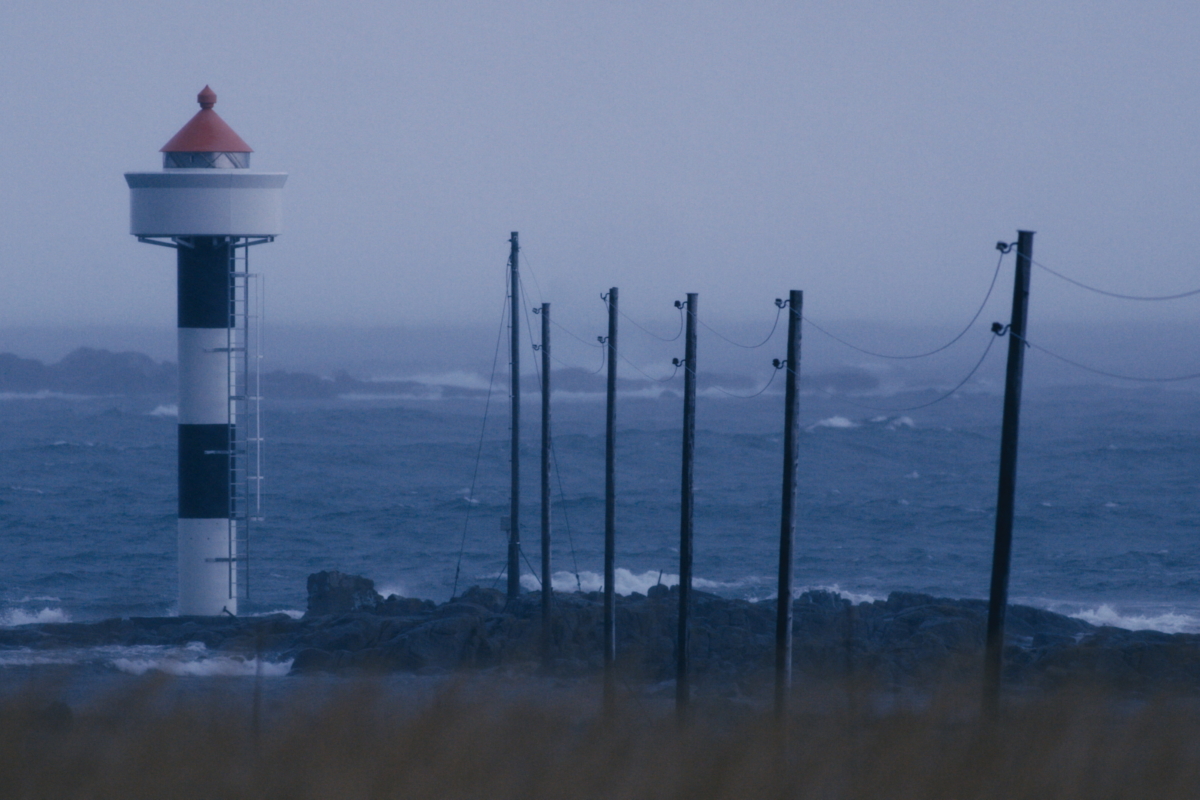
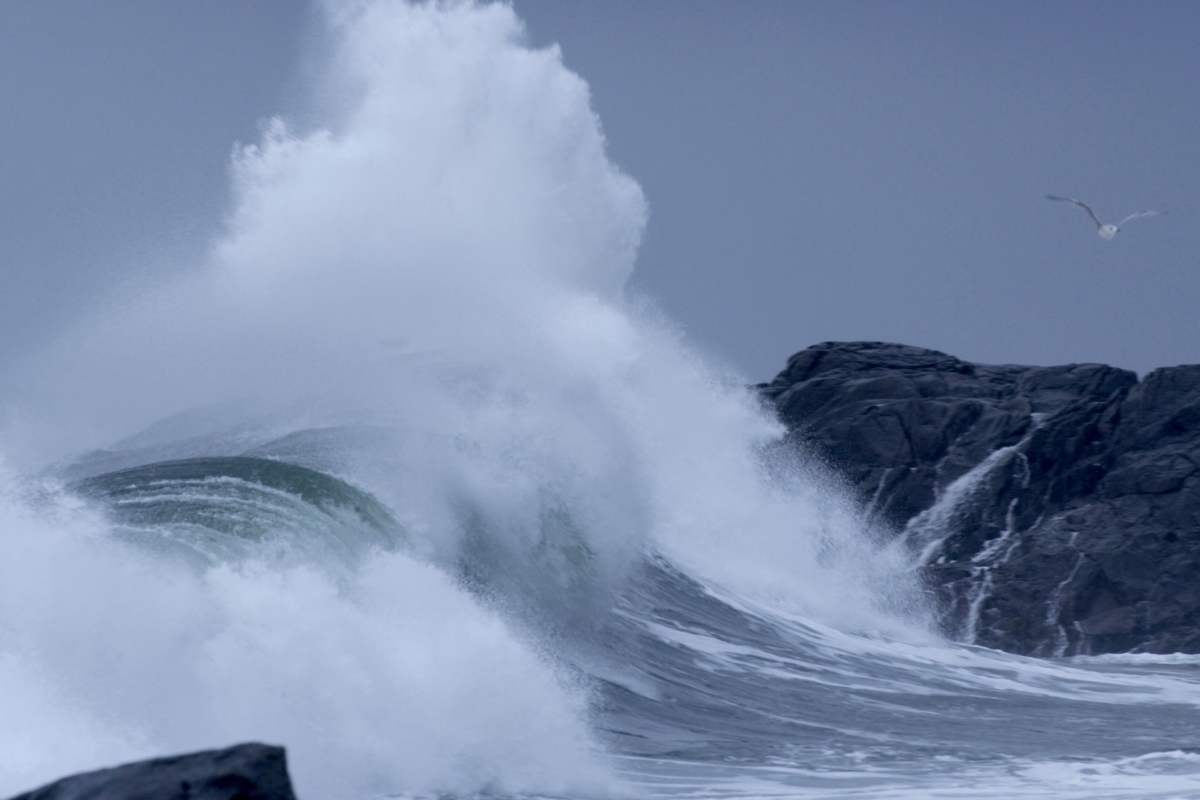
The northeasternmost corner of Norway is part of the arctic climate zone. In this area, the average monthly temperature is less than 10 °C (50 °F) all year round and permafrost occurs in some areas. Trees do not grow here and the barren landscape starts at sea level, leaving itself exposed to strong, Arctic winds off the Barents Sea. At the same time, however, the stark landscape is fascinating and spectacular, offering breathtaking horizons that showcase the incredible and distinct Arctic light throughout the year. On a clear, crisp day in Vardø, the easternmost town in Norway, you might catch a glimpse of the Fisherman’s Peninsula in neighboring Russia, 40 kilometers across the fjord.
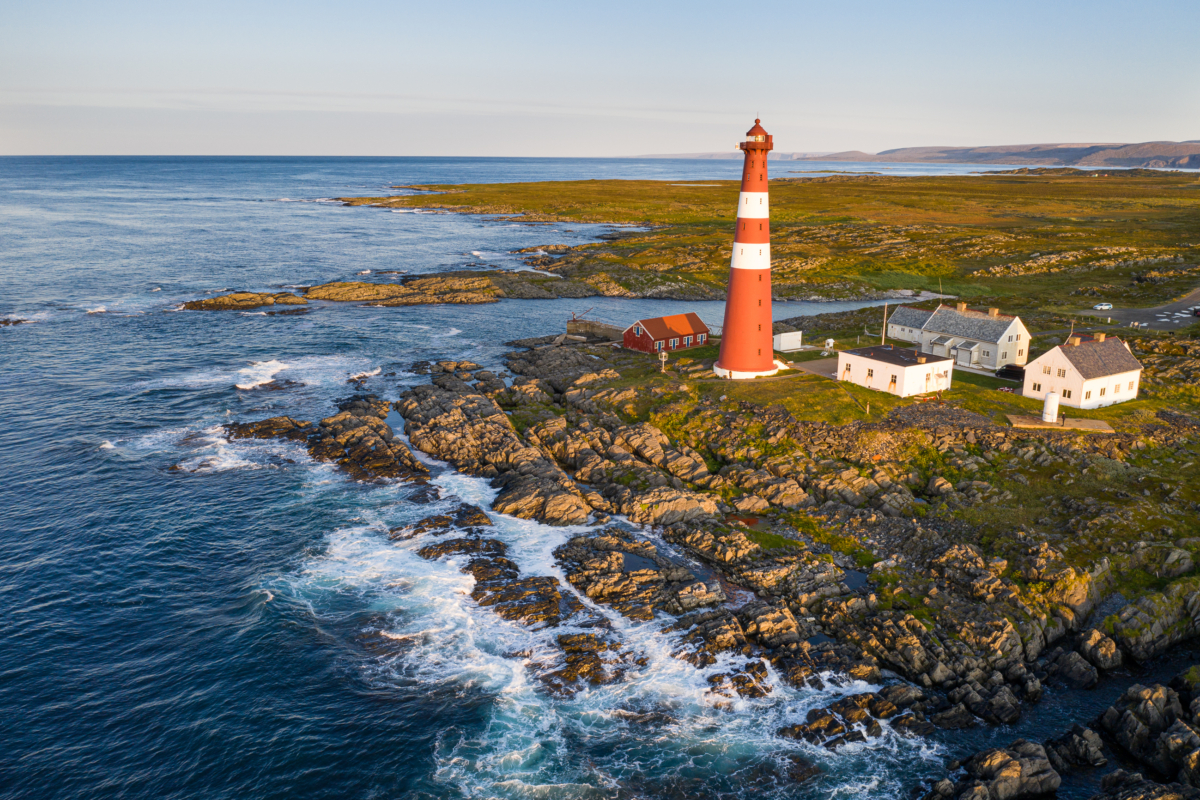
In inland Northern Norway, the climate is classified as continental subarctic. Here, there are long, cold winters with temperatures reaching as low (and sometimes lower than) as -40 ºC (-40 °F). The coldest temperature ever recorded in inland Norway is -51°C (-60 °F) in Karasjok in inner Finnmark. The inland summers are generally short and cool, but on occasion, southeast winds bring heat waves from Siberia, giving the Northern Norwegians warm summer days as well. There are boreal forests, mostly pine, covering portions of inland Northern Norway, with more spruce found in the southern part of the region. This forest region belongs to the western tributary of the great Russian taiga. Forests of dwarf and downy birch are common in the north, particularly when nearing alpine areas and the polar tree line.
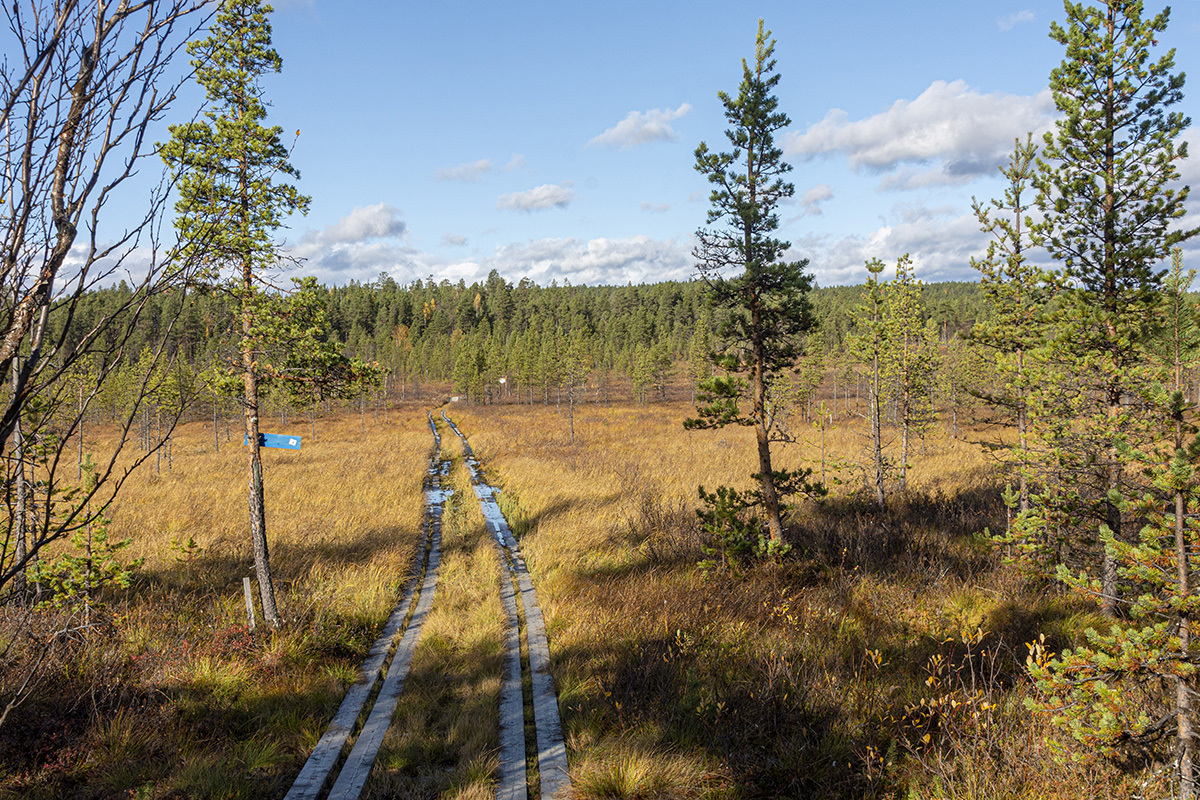
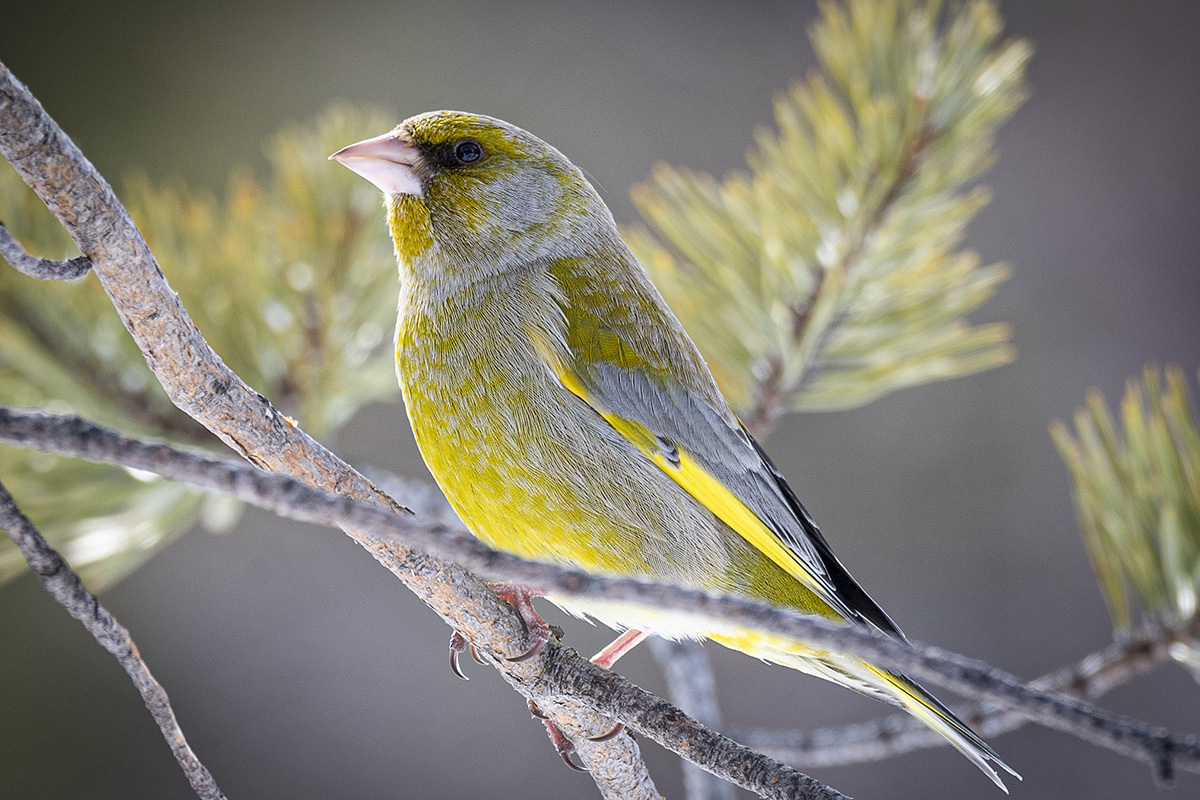
In the alpine inland areas of Northern Norway the climate is alpine tundra. Summers are cool, with temperatures ranging from 3 to 12 °C (37 to 54 °F), and winters are moderate, with temperatures rarely falling below –18 °C (0 °F). These areas are home to dramatic and striking mountain ranges, like the Lyngen Alps in Troms and Finnmark county, where the highest peak, Jiehkkevárri, stands at 1837 meters (6026 feet) above sea level. Okstindan is the highest peak in Nordland county, with Oksskolten at 1916 m (6286 feet) above sea level. There are also numerous glaciers, like Vestre Svartisen in Nordland county, the second largest glacier in mainland Norway, and Øksfjordjøkelen in Troms og Finnmark county, one of the northernmost glaciers in mainland Norway. The alpine inland areas in Northern Norway also feature plateaus.
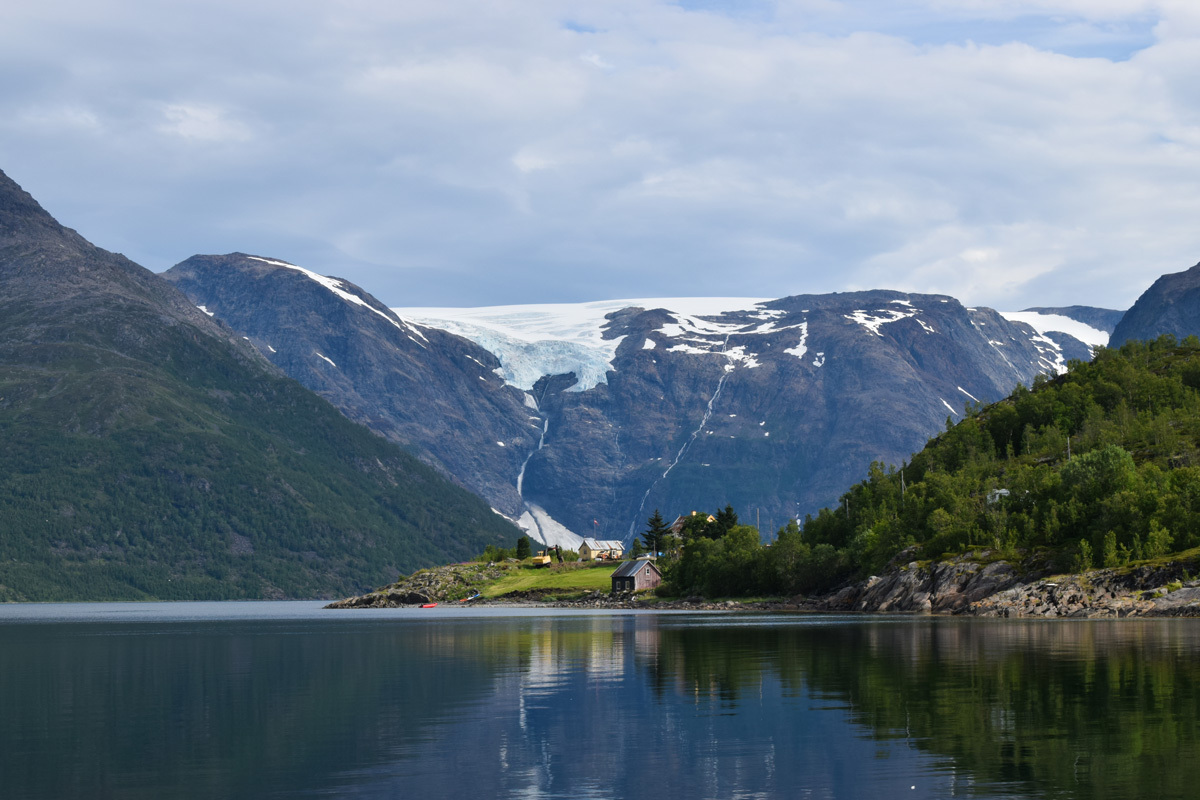
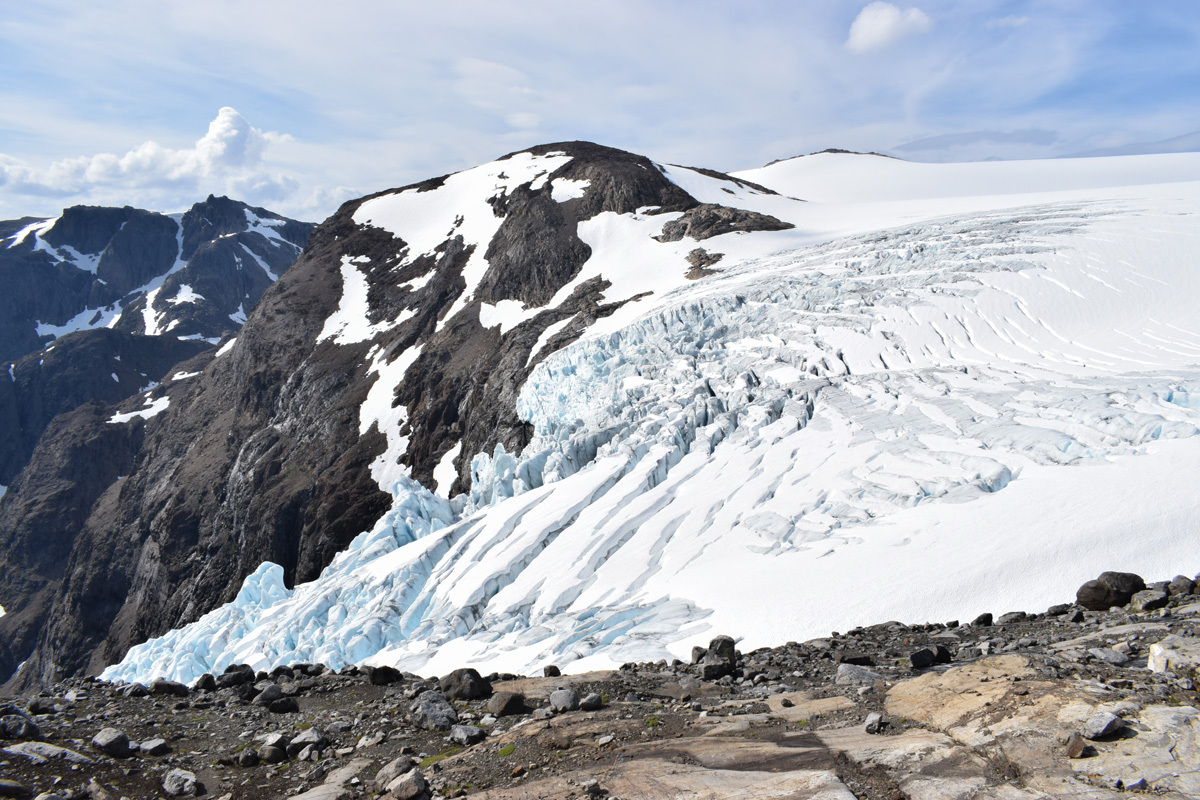
There are also alpine landscapes on many of the islands off the coast of Northern Norway, where steep and staggering mountains rise straight out of the ocean and white sandy beaches. The Lofoten Islands in Nordland county and Senja (the second largest island in Norway) in Troms county are exceptional examples of this magnificent topography. Within short distances, the landscape can change from alpine to lowland and from coastal to inland. You can even find glaciers on some of the islands, including Seilandsjøkelen on the island Seiland in western Finnmark.
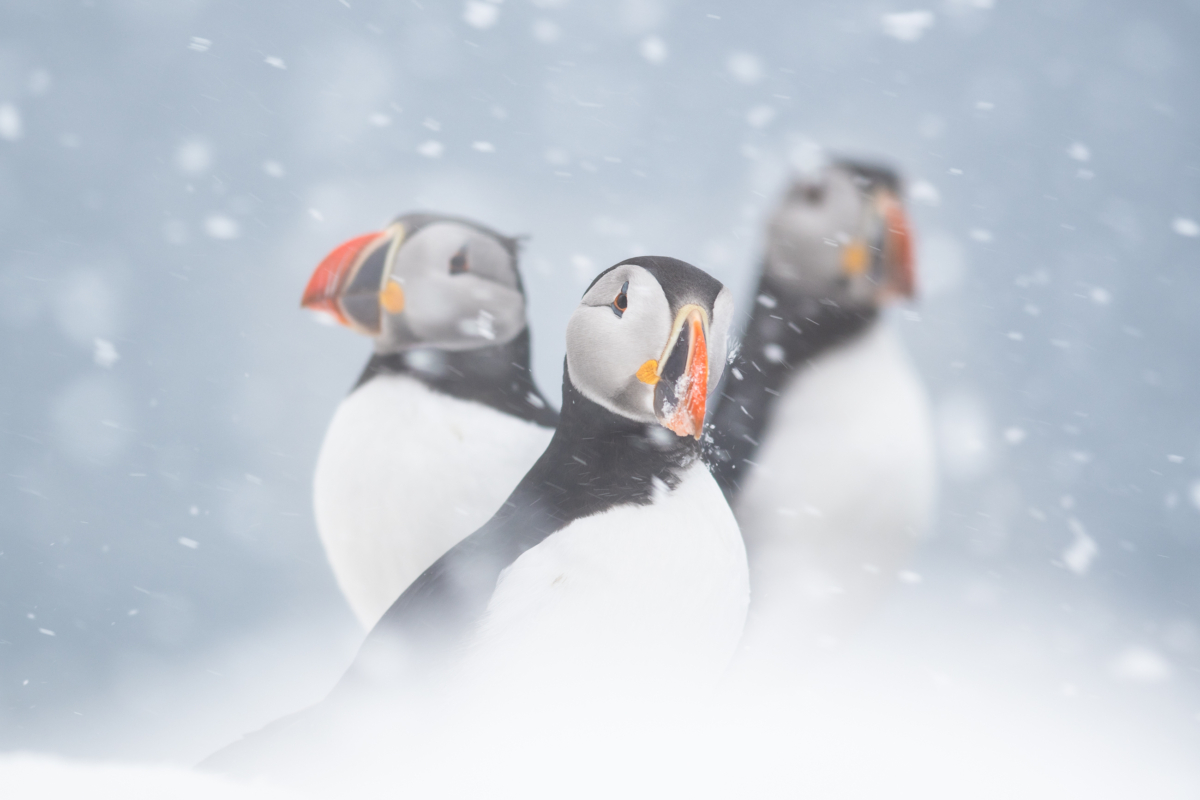
National parks
There are 19 national parks in Northern Norway, 9 in Troms og Finnmark county and 10 in Nordland county. Among the latter you will find the newest national park designated in Norway, Lofotodden, which was established in 2018. National parks in Norway have stricter regulations than in many other countries, and nearly all motorized vehicles are prohibited. But the Freedom to Roam law - which is the general public's right to access wilderness and other public and privately owned land as codified in Norwegian law – applies in the national parks as well. Hiking, skiing and camping throughout the park are permitted, given that consideration to nature is taken. Roads, accommodation and national park centers are located outside the national parks, and the parks are under management of the Norwegian Directorate for Nature Management and the local county governor.
Filming permission in the national parks
Please note that national parks require a special permit for drone operations. There might also be seasonal restrictions on human activity in certain areas due to the need to protect wildlife or specific environmental conditions during certain times of the year.
You may read more about general filming permissions in Northern Norway here. Please, get in touch for further information, tailored for your project.
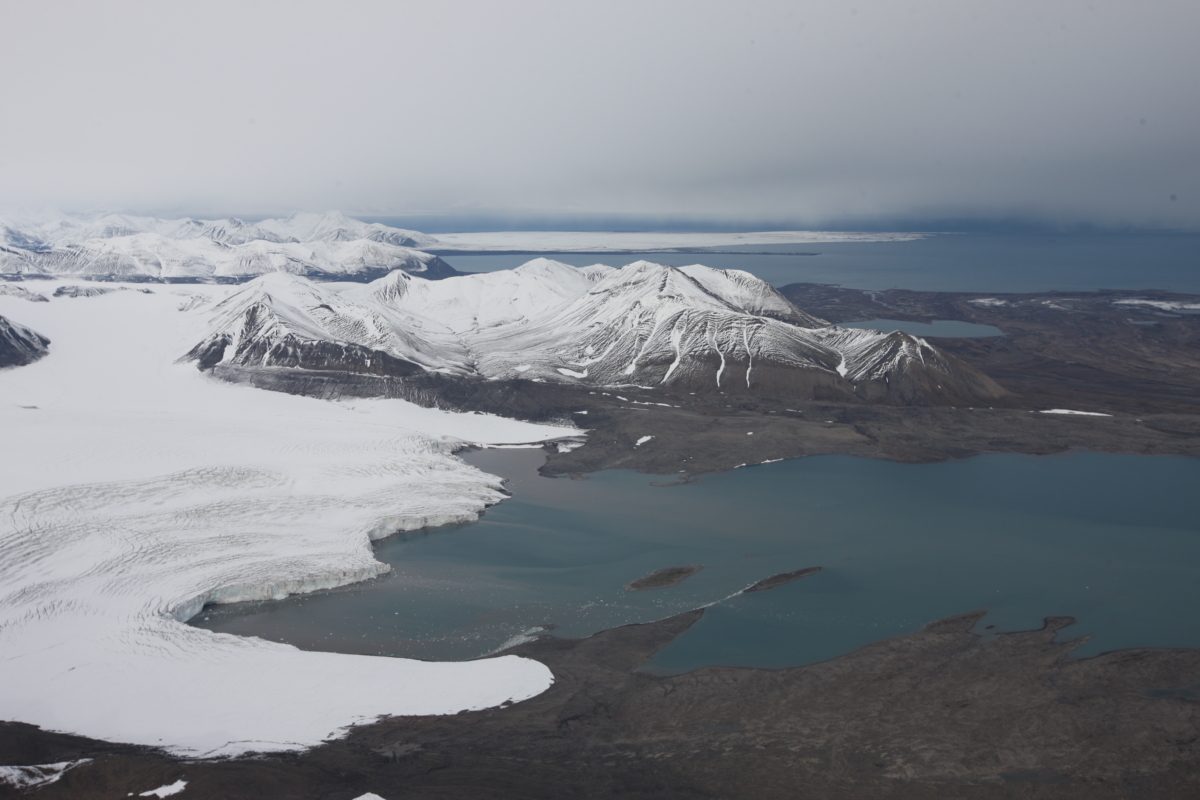
Svalbard
The archipelago of Svalbard, positioned between 74° and 81° north (and from 10° to 35° east), is located in the Arctic Ocean, halfway between mainland Norway and the North Pole. Svalbard is, of course, impacted by its high latitude and the climate there is classified as tundra climate, where the highest average monthly temperature is between 0 and 10 °C. However, due to the temperate waters of the northern branches of the Gulf Stream, the southwest coast of Svalbard is ice-free almost year-round. The northeast coast, on the other hand, is affected by cold arctic waters from the north and has a significantly larger area of ice-covered sea than the west coast.
Svalbard is a meeting place for cold polar air from the north and mild, wet sea air from the south. This creates low pressure systems and varying, rather unpredictable weather, with high wind speeds, especially in the winter.
The landscape on Svalbard is dominated by a rugged and remote terrain of glaciers which covers 61% of the landmass. The rest of Svalbard is made up of fjords, tundra, and mountains with peaks above 1700 meters over sea level. Along the coast, especially along the western side of Spitsbergen (the largest island in Svalbard), there are distinctive sandflats – a result of the glaciers withdrawing. These can be more than 10 kilometers wide. There are also seven national parks in Svalbard. The wildlife in Svalbard is rich and distinctly Arctic, featuring polar bears, the unique Svalbard reindeer, Arctic fox, as well as marine and other mammals. During the short Arctic summer, a broad variety of seabirds breed here, too. The various and impressive flora on Svalbard take advantage of 24-hour a day sun during the brief summer.

National parks in Svalbard
There are seven national parks and several protected reserves in Svalbard. Sør-Spitsbergen is the largest park, covering an area of 13,286 km2(5,130 sq mi), although only 5,141 km2 (1,985 sq mi) of this park are land. The Freedom to roam law applies in these areas, as well as in other parts of Svalbard. Hiking, skiing and camping are permitted throughout the parks (with notification applying), given that consideration to nature is taken. Both within the national parks in Svalbard and outside of them, special precautions must be taken for protection against attacks from polar bears.
The national parks in Svalbard are under the management of the Governor of Svalbard.
Filming permissions in Svalbard
Please note that national parks and nature reserves in Svalbard require a special permit for drone operations. There are also various seasonal and other restrictions regarding human activity that apply in national parks and other areas. Special permits are therefore required for filming. For further information about filming in Svalbard, please get in touch.
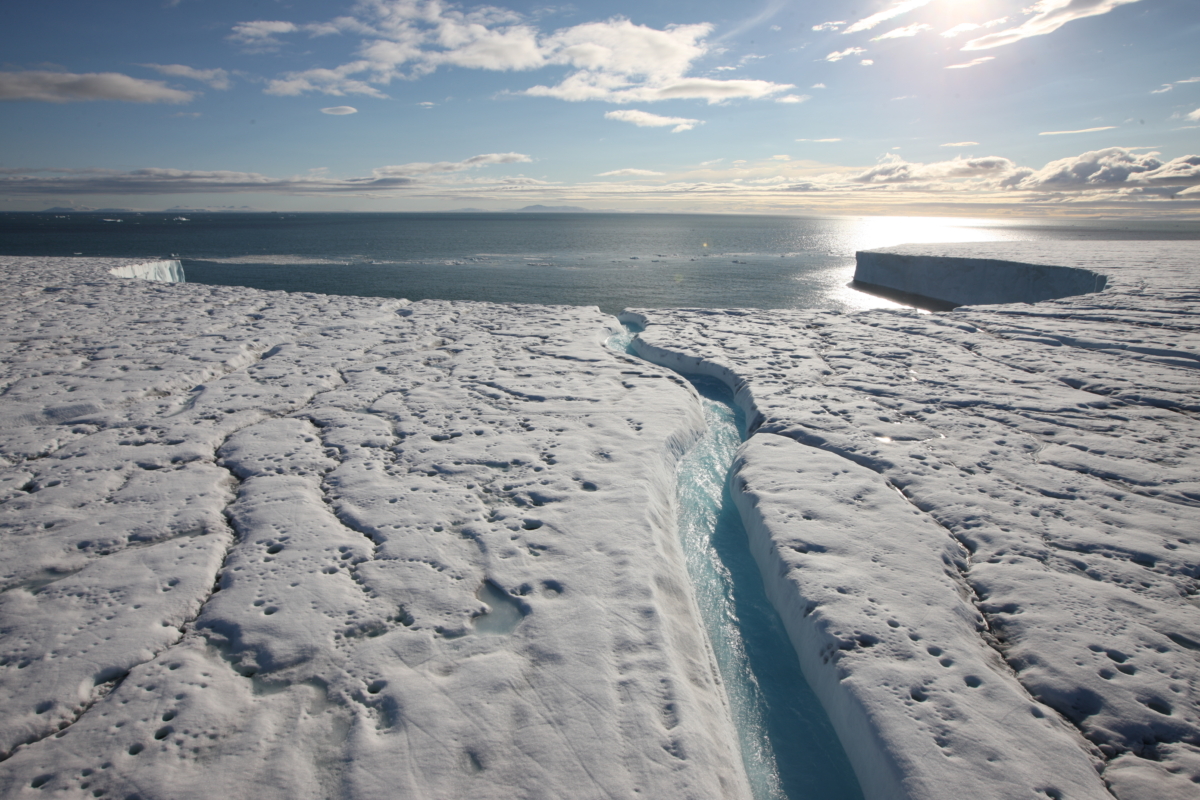
Climate change
Rapidly rising global temperatures are most noticeable in the Arctic. Svalbard and other places with coastline along the Barents Sea are seeing ice loss at much faster rates than ever before. The unique climate in Svalbard, with continual darkness from November to February and constant daylight from April to August, naturally has an impact on the ecology there. The flora and fauna are adapted to the particularly harsh climate and environment, but as temperatures rise and ice melts, their ecosystem is disrupted.
There is an international research center in Ny-Ålesund – a little town on the island of Spitsbergen in Svalbard - focusing on air and water pollution in the Arctic, and the connection between that pollution and global warming. There are multiple research facilities and laboratories located here. The town is owned and operated by Kings Bay, which provides services to visiting scientists.
Access for filming in Ny-Ålesund, however, is very difficult, unless filming a research project.
You may read more about the climate of Svalbard here.
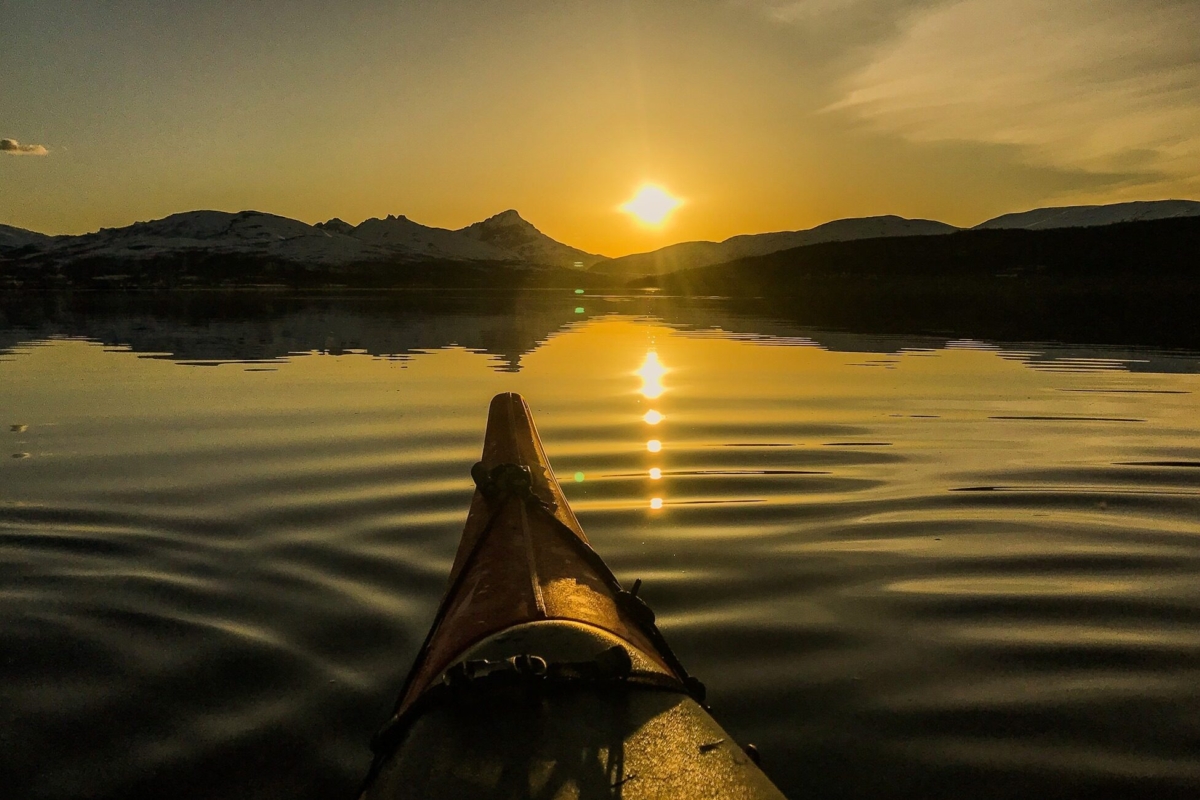
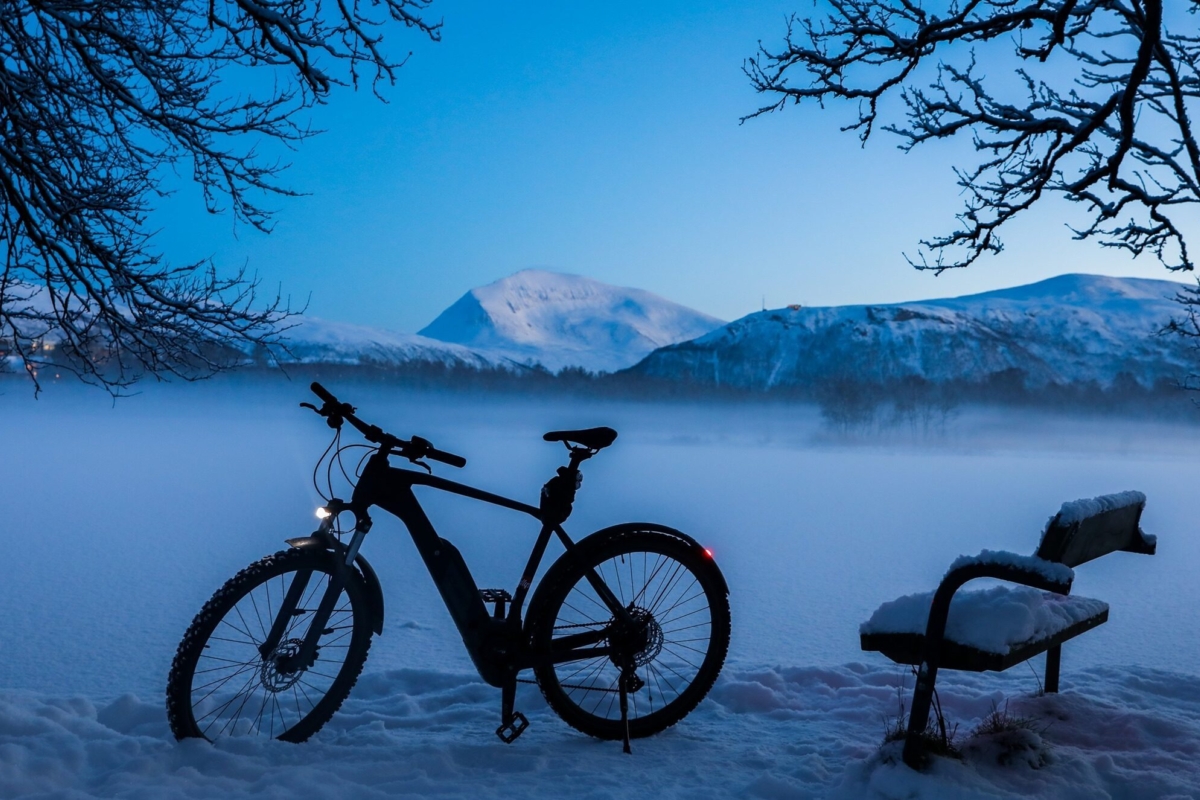
Seasons
Seasons in Northern Norway
“In Northern Norway, you might experience all four seasons in one day,” people often say. And actually, that’s not far from the truth. The weather during all seasons may change quickly and unpredictably, particularly along the coast. It’s best to be prepared with adequate clothes and gear, especially during the winter months.
Four seasons is the norm, though, and the native Sámi count 8 annual seasons that are traditionally connected with the natural migration of their reindeer and the tasks of the reindeer herders: Spring-summer (May and June), summer (June through August), fall-summer (August and September), fall (October and November), fall-winter (November and December), winter (December through February), spring-winter (February and March), spring (April and May).
In Northern Norway, the spring occurs earlier along the coast and in the southern part of the region than in the inland, in alpine areas and on the plateaus. As a rule, however, the spring is short and a long winter could easily just turn into a sudden summer. If spring does happen, it often fades seamlessly into summer without any significant or notable difference. Summer can also be quite short.
Despite the somewhat unpredictable start and length of the seasons in Northern Norway, one thing is always predictable: the sun, or lack thereof. In November/December (depending on how far north you are) the sun disappears under the horizon for approximately 2 months. This is called the dark time (or mørketid, in Norwegian). The sun returns again in January and from then onward, the sun stays above the horizon a little longer each day until late May/June when it is high enough in the sky that it never sinks below the horizon. This phenomenon is called the Midnight Sun. On the summer solstice in June, this solar trend reverses and the days begin getting shorter again, starting the cycle over.
This is the North - an area of incredibly unique contrasts and variation.
You can read more about weather and seasons in Northern Norway here.
You can read about the Arctic Light at all seasons in Northern Norway here.
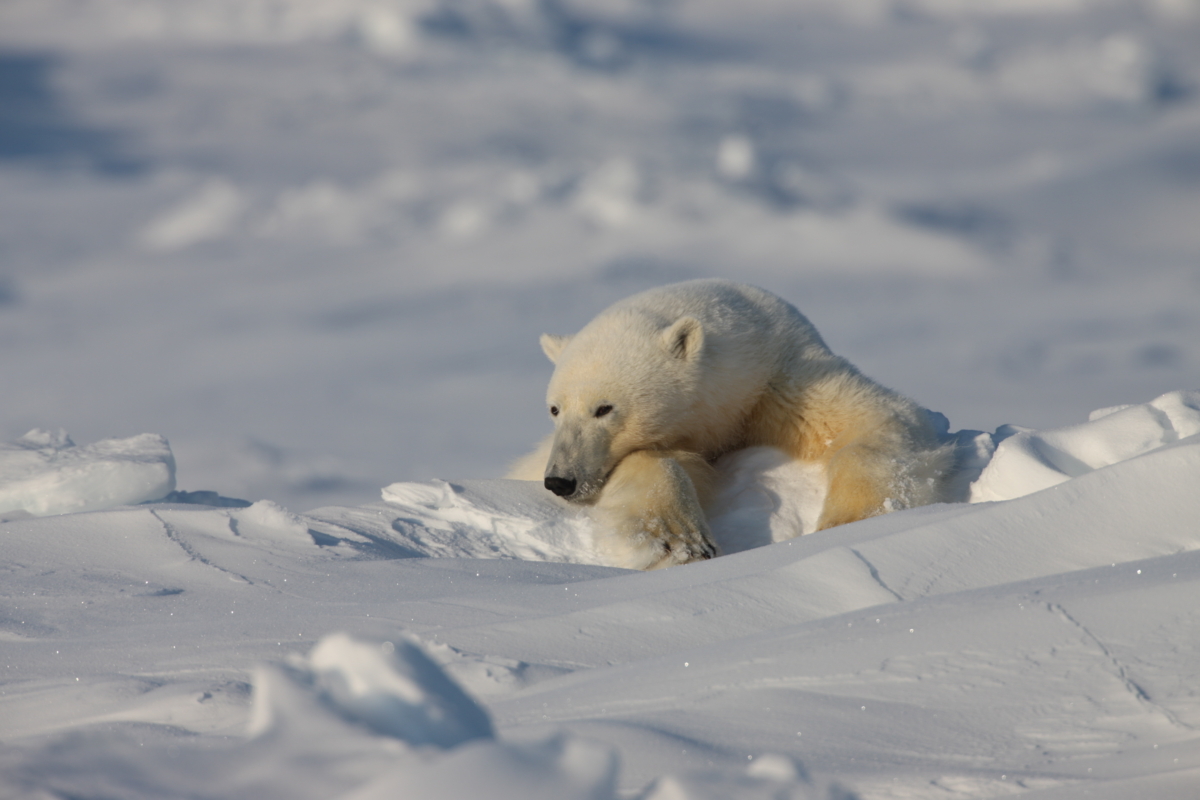
Seasons in Svalbard
Due to the relatively mild climate, there are four distinct seasons on Svalbard: spring, summer, autumn and winter, although each one is quite polar in appearance and characteristics. The length of and transitions between the seasons on Svalbard is not particularly similar to what one is accustomed to in much of the rest of the world.
In terms of the availability and character of Arctic light for filming purposes, there are three main seasons in Svalbard:
- Polar summer/autumn (from mid-May to the end of October) is a bright and mild period of the year when the sun is visible above the horizon 24-hours a day until late August. This is the phenomenon referred to as Midnight Sun, where it is, indeed, possible to see the sun shining at midnight. This period includes the last part of the polar spring and the summer, which is a busy time for flora and fauna. The growing season is very short, lasting only a few weeks. In September it starts to get dark in the evenings again, rendering the days shorter and shorter over the coming weeks. This is the short-lived autumn, when the arctic landscape is briefly covered in red and golden colors before winter and snow arrives.
- Dark winter/Polar Night (November to the end of January). The dark season is when the sun is no longer visible above the horizon. In Longyearbyen, this happens October 26th and lasts until February 16th. But there is a transitional period of twilight on both ends. Already in the beginning of October, the daylight decreases considerably from day to day until it disappears entirely for two-and a half months: from mid-November to late January. This period of 24 hour darkness, when the sun is at least 6 degrees below the horizon, is defined as the Polar Night. However, this is also the season when the Northern Lights (Aurora Borealis) frequently occur, casting its magnificent and magic light on the land below.
- Light winter (Mid February to mid May) is the beautiful twilight season defined by full winter conditions, with light during the day and darkness at night. This gradually changes into 24 hour daylight in mid-April, when the phenomenon of the Midnight Sun occurs. In this period (mostly in the month of April) the polar spring actually begins below the cover of gradually melting snow and ice.
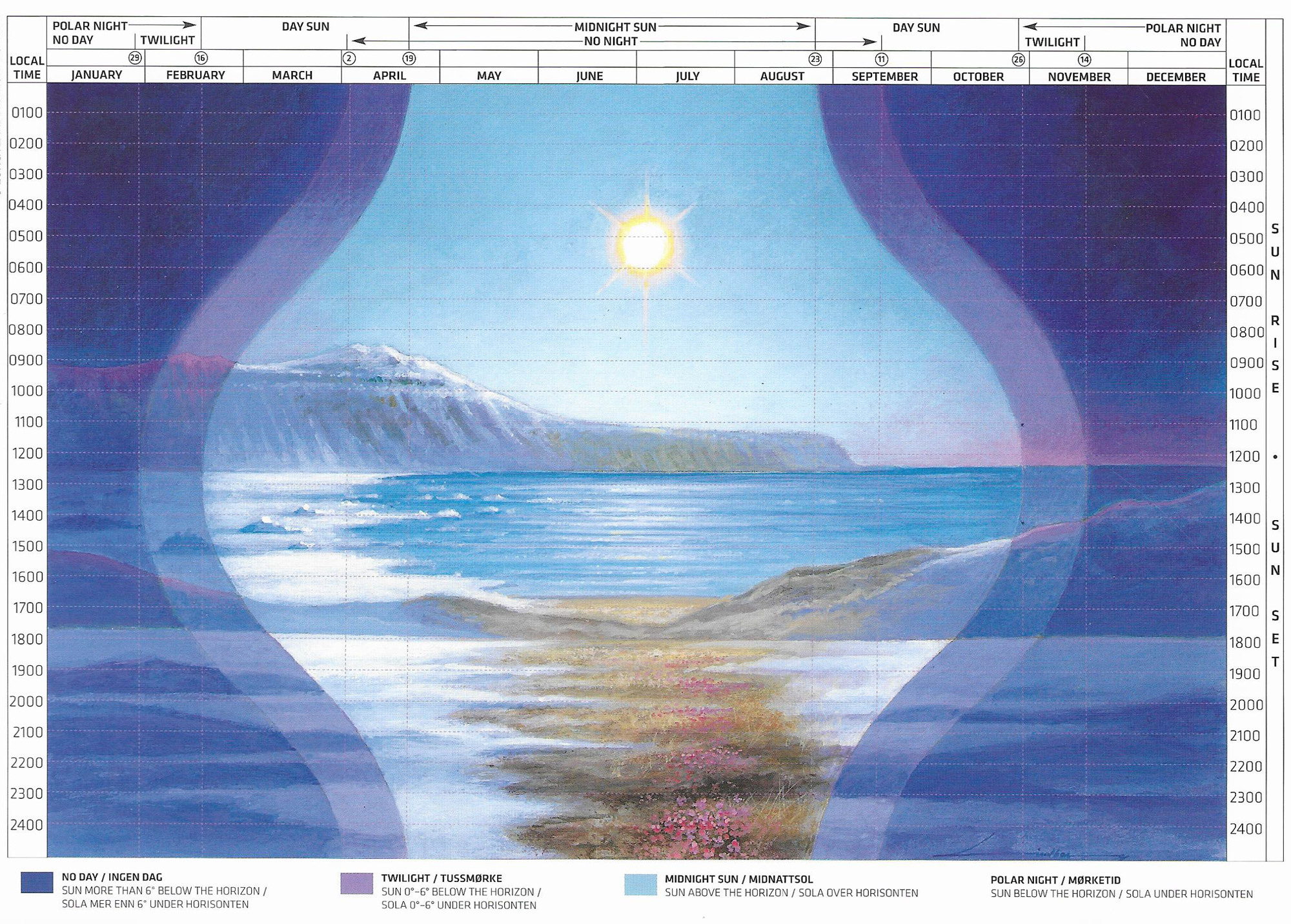
Please contact us for more specific information and tailored guidance regarding your project.
